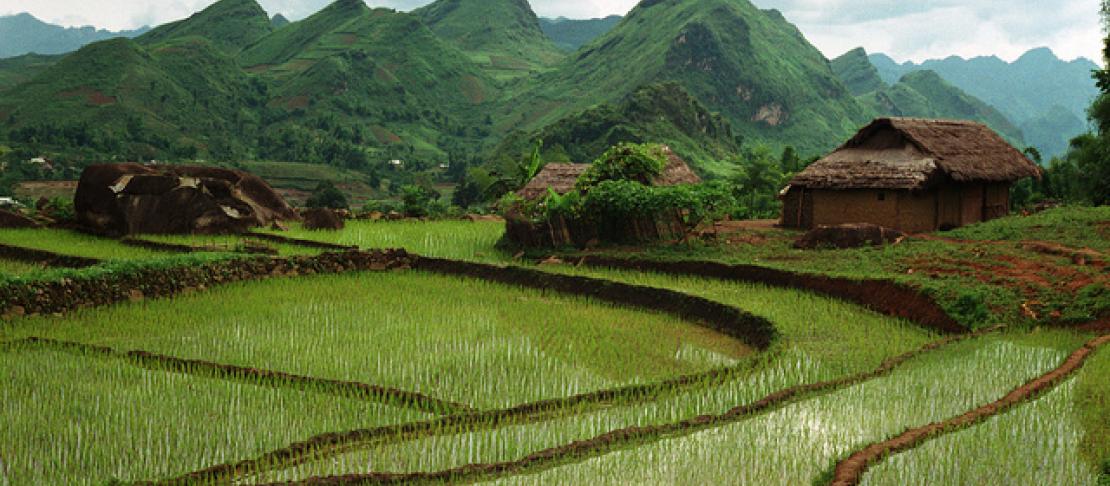Low emissions opportunities in rice-dominated landscapes in Vietnam

Project description
This project explored the feasibility of introducing low emissions agriculture initiatives across agricultural systems in Southeast Asia, using Vietnam as an example. It aimed to provide policymakers with the precise information they need to identify the most important low emissions agriculture opportunities.
To do so, the research first provided accurate estimates of greenhouse gas emissions from various subsectors of Vietnamese agriculture, including land use change. It formulated these estimates using state-of-the-art models and new spatial and temporal information. This included analysis of emission hotspots, emission sources (lowland and upland production systems, livestock systems) and potential sinks (afforestation of degraded land), as well as spatially explicit evaluation of mitigation options. This analysis was conducted across a range of landscapes, including lowland rice production, upland crop production, livestock systems and was developed together with key national partners. Based on these collaborative assessments, the project team, together with their partners, identified the most important low emissions agriculture opportunities, and opportunities for scaling up low emissions agriculture both nationally and in the region. It was the first time that such a large-scale holistic approach has been attempted. The project was implemented in 2015 but was ended due to changes in budget.
We expect that, by 2018, Vietnamese institutions working on mitigating greenhouse gas emissions from the agricultural sector will implement more accurate reporting methodologies (Tier 2 / 3 methodologies) to the IPCC. For example, institutions may utilize GIS-based biogeochemical modeling or livestock emissions modeling using country-specific emission factors and feeding and livestock data. This will enable:
- inventorying GHG emissions at national scale,
- identifying regions and agricultural practices most promising for reducing emissions through improved feed and food production, and
- partnering with extension services and farmers’ organizations to increase the practice of identified low emissions agriculture methodologies.
Outputs
- GHG emission inventories for agricultural sub-sectors using Landscape DNDC, livestock model and empirical methods for aquaculture at the country level in Vietnam – partially completed
- First national inventory of CH4 emissions from rice paddies allowing to identify hotspots and multi-year variability
- Compiled and analysed spatially explicit (local to national) activity (systems, land use/ land use change, feed/biomass, emissions) and socio-economic data from downscaled global data sets, national statistical information and available data bases, to set targets for emissions reduction and to align with LED at country level
Partners
This research project was led by the International Livestock Research Institute (ILRI), in collaboration with the Center for International Forestry Research (CIFOR), the International Rice Research Institute (IRRI) and Worldfish. These centers partnered with numerous local institutions including the Ministry of Agriculture and Rural Development (MARD); provincial sub-departments of agriculture, livestock, aquaculture, plan protection, disaster prevention and rescue; extension services; climate-smart villages in the region; local professional associations such as farmers’ associations, local societies of fisheries and aquaculture associations; and international organizations such as Care International, IFAD, and GIZ.
Further information
For further information please contact project leader, Klaus Butterbach-Bahl (ILRI) at k.butterbach-bahl@cgiar.org.